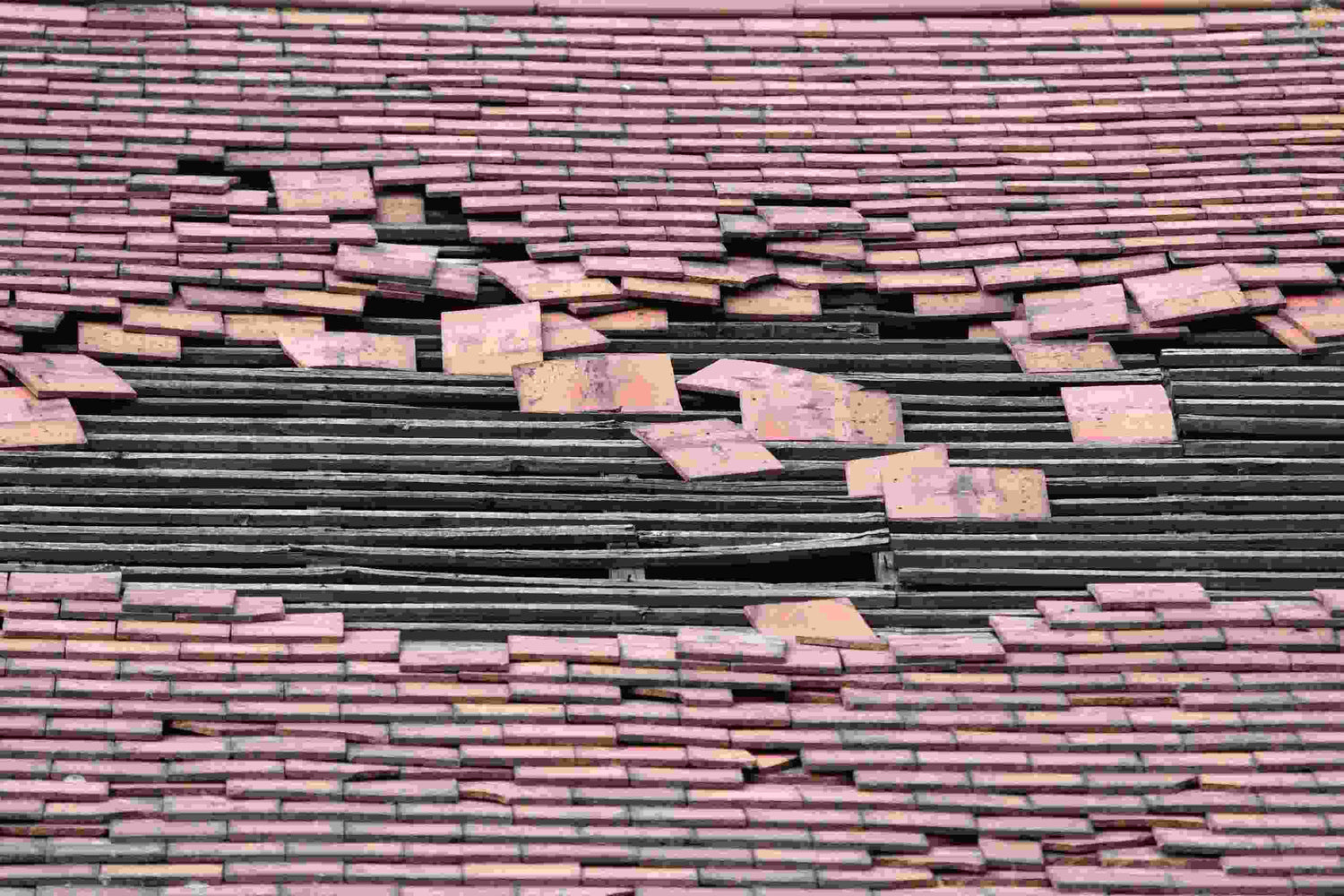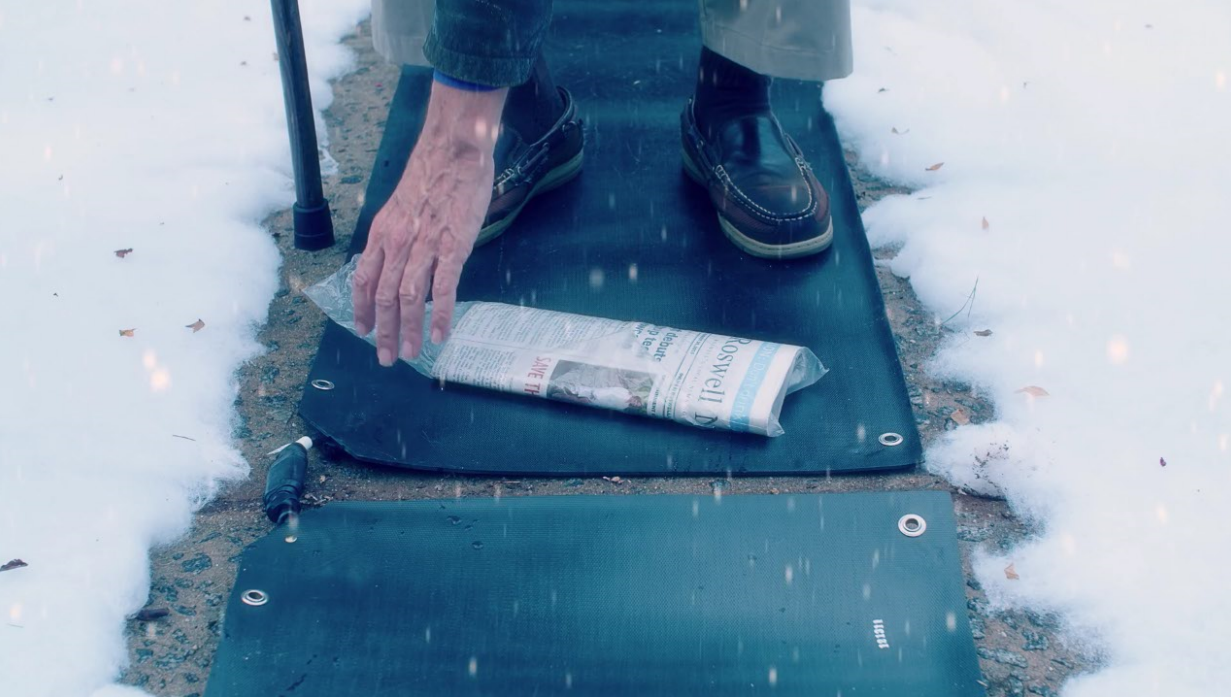
Winter storms severely test the resilience of your home, and there is no part of a house more prone to snow and ice damage than the roofing. To help prevent wintertime roof damage, there are a number of important steps you can take. There is no way to eliminate the possibility, but you can minimize its likelihood by taking action before winter begins.
Roof Inspections
First, you should invest in a pre-winter roof inspection done by a roofing professional. This will discover any weaknesses like loose or missing shingles, loose or misplaced flashing, cracked caulk and tar, and potential leakage points around chimneys and vents. You should fix such problems before the first snow to prevent damage from worsening due to the freeze/thaw cycle. Immediately following winter, it is wise to have a second roof inspection to find and correct all winter damage.
Hail and Storm Damage
Unfortunately, there is little you can do to prevent hail damage short of upgrading to a heftier shingle across your entire roof. Yet, it pays to be aware that hail impacts, even when they leave only small marks, can weaken shingles and cause later leaking and cracking. Following a major hail storm, it is wise to have an inspection and to replace all damaged shingles.
Winter storms will sometimes include not only ice and snow but strong, gusty winds that may hurl tree branches into your roof decking. A punctured roof is an emergency you cannot delay to address, so have the relevant emergency phone numbers always ready. Also, cut back dead and/or overhanging tree branches before winter begins to minimize the risk.
Preventing Roof-Collapse
When snow piles up high on top of your roof, the building must be structurally capable of bearing the pressure. Check the blueprint for your roof's load-bearing capacity, and be ready to have excess snow removed if the weight becomes dangerously high. Snow weighs about 7 pounds per cubic foot (112.12 kg per cubic meter) when fluffy, 15 pounds (240.27 kg per cubic meter) for average-density snow, and 20 pounds (320.36 kg per cubic meter) when compacted. Wet snow and ice weigh even more. There is no one-size-fits-all formula, but three feet (91.44 cm) of snow or two inches (5 cm) of ice generally calls for removal.
You can call in professionals to remove the snow from your roof, or you can attempt it yourself. A ladder, shovel, and broom can be used to knock snow off the roof's edges, or you can use a roof rake from ground level. Always exercise extreme caution if you must walk on the roof, and leave an inch or two (2 - 5 cm) of snow to avoid damaging the roof with the shovel.
Preventing Ice Dams
When warm air inside the house rises and warms the roof, melt-off forms at the snow-roof contact point and runs down to the eaves. There, it refreezes since the eaves are colder, not being over a living space. The ice that forms from this process backs up water on your roof, which may then freeze and thaw multiple times. This, then, creates new leakage points to join any that already existed, and your roof leaks into your home. Water stains, bubbling paint and wallpaper, and mold/mildew begin to form.
Cleaning out gutters before winter arrives, dousing the eaves with salt brine, and clearing excess snow off the eaves before it can freeze can all help. Otherwise, you can better insulate your attic and/or turn down the heat to minimize ice damming.
By taking care to prevent wintertime roof damage, you will extend the life of your roofing and protect your home from roof-collapse and water damage. The return-on-investment is well worth the cost.


